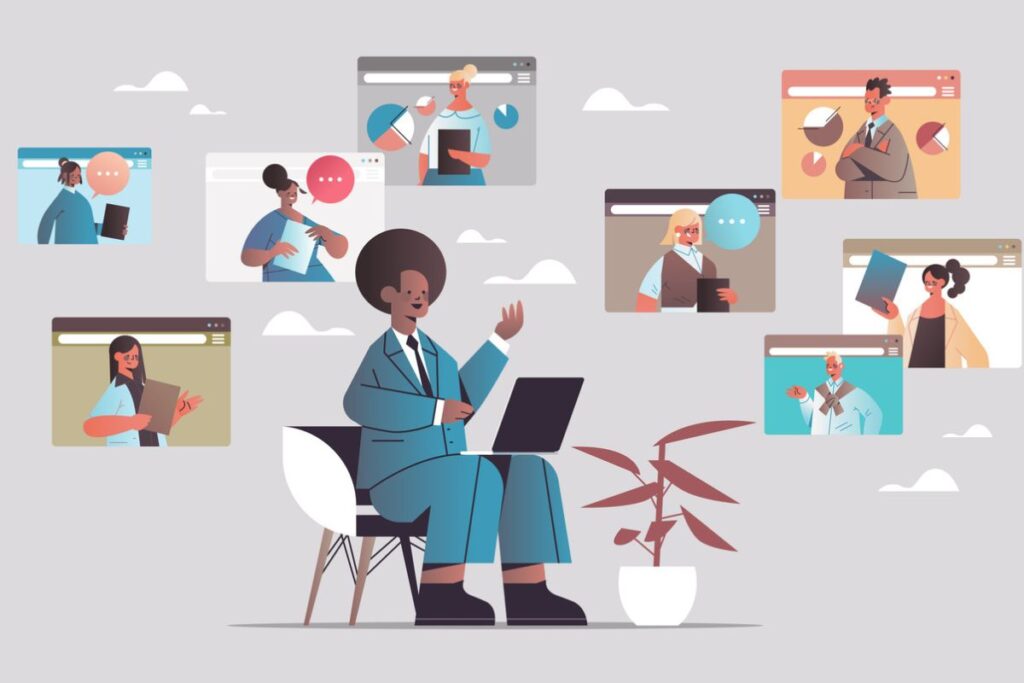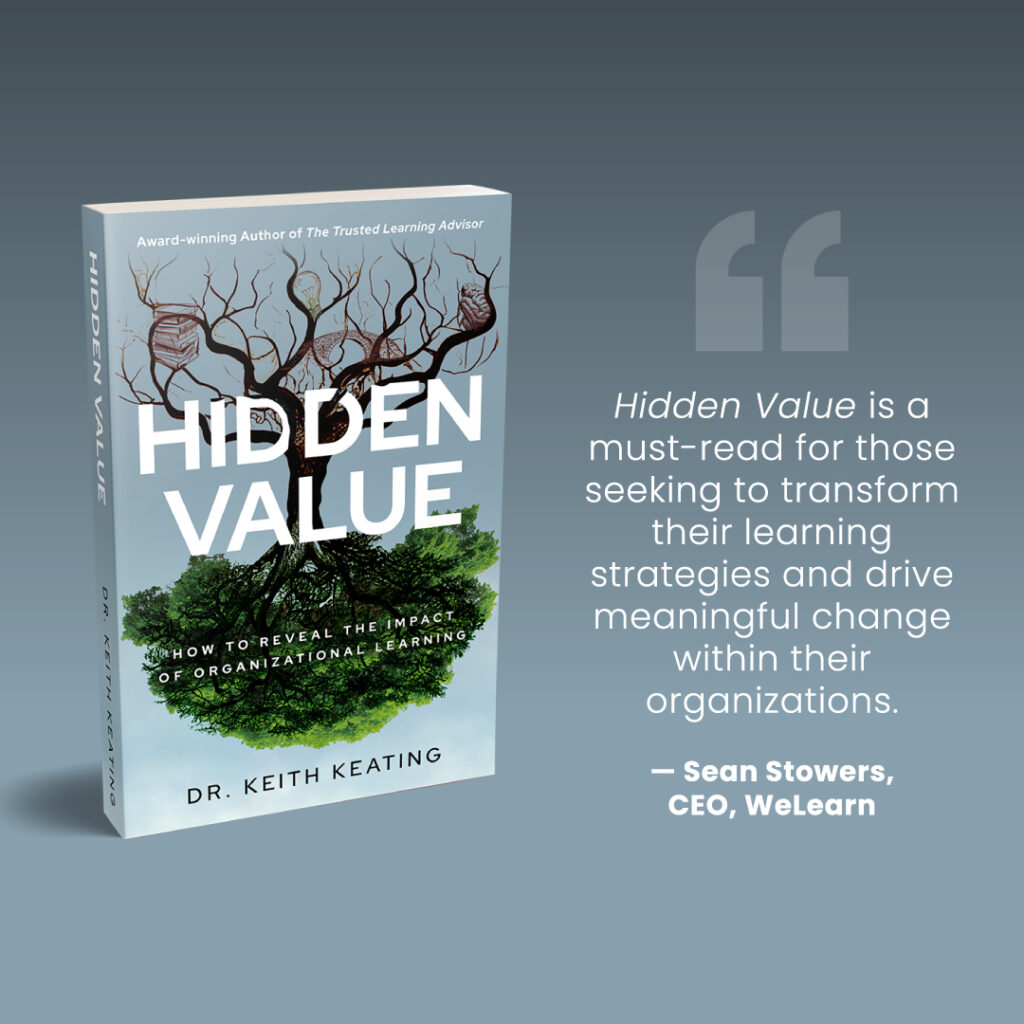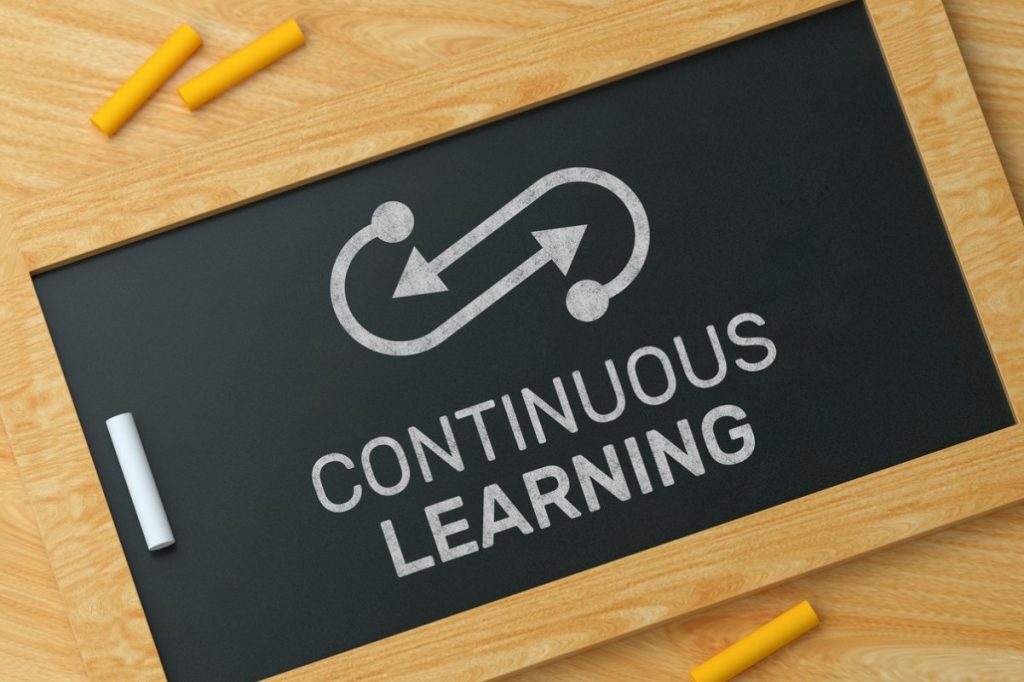Pinpointing Agile Opportunity Moments
Change very rarely happens when we want it to or under ideal circumstances. It often takes place with a sense of urgency as there is usually a need to ensure the successful implementation of new technologies, new processes or new change initiatives. These changes can make or break an organization’s success. For learning leaders here is where there is an opportunity to provide adaptable solutions that meet exacting standards, where the ability to respond quickly and accurately are paramount.
Pinpointing Agile Opportunity Moments Read More »










